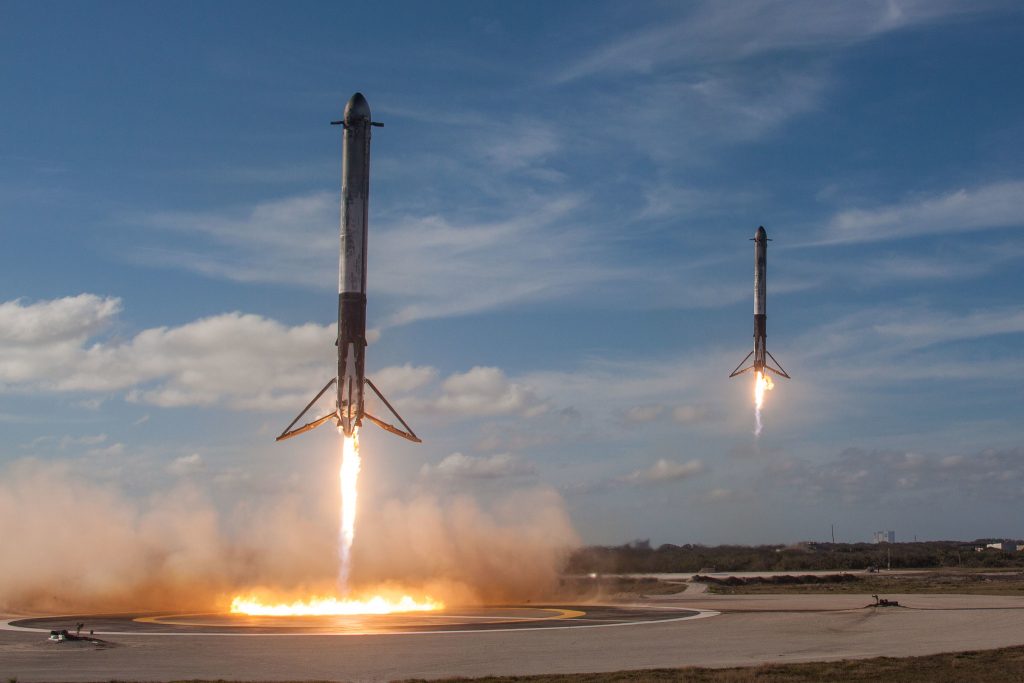
The side boosters, reused from the Arabsat-6A Falcon Heavy launch in April, have landed successfully at Cape Canaveral’s Landing Zone 1 and Landing Zone 2 in Florida.

The side boosters, reused from the Arabsat-6A Falcon Heavy launch in April, have landed successfully at Cape Canaveral’s Landing Zone 1 and Landing Zone 2 in Florida.
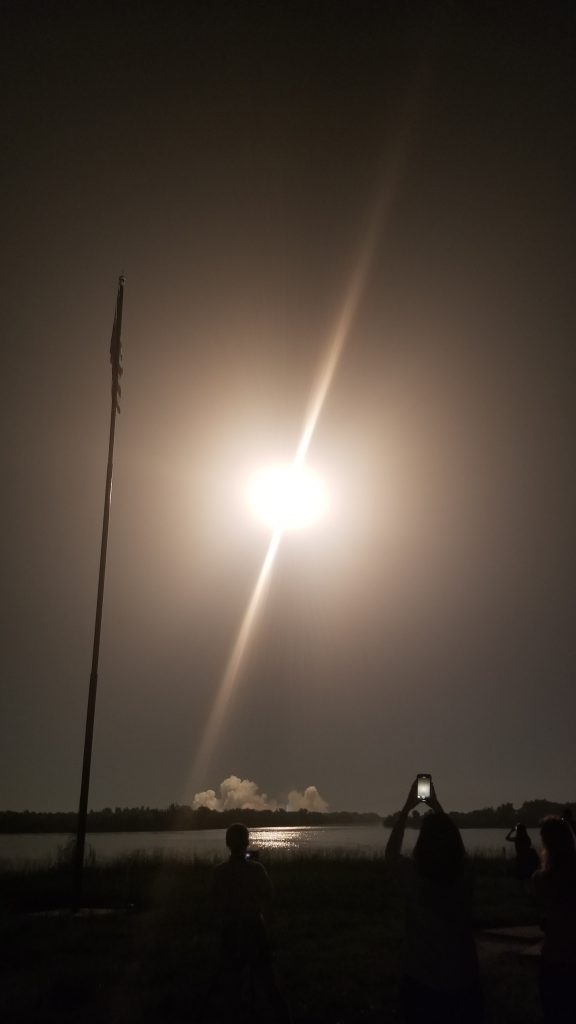
We have liftoff! At 2:30 a.m., SpaceX’s Falcon Heavy rocket is on its way to orbit, carrying nearly two dozen satellites and technology experiments on the DoD and U.S. Air Force’s STP-2 mission.
The Falcon Heavy’s 27 Merlin engines are generating more than 5,000 pounds of thrust, quickly pushing the vehicle away from Launch Complex 39A at Kennedy Space Center in Florida.

Launch preparations are underway, and we are still on track for liftoff at 2:30 a.m. for the Department of Defense’s (DoD) Space Test Program-2 (STP-2) mission, managed by the U.S. Air Force Space and Missile Systems Center, from Launch Complex 39A at Kennedy Space Center in Florida.
The Falcon Heavy will carry nearly two dozen satellites and technology experiments, including four NASA payloads, to space. Watch the SpaceX launch webcast live on NASA Television and the agency’s website. Keep following the blog for updates on liftoff and the agency’s four payload deployments.
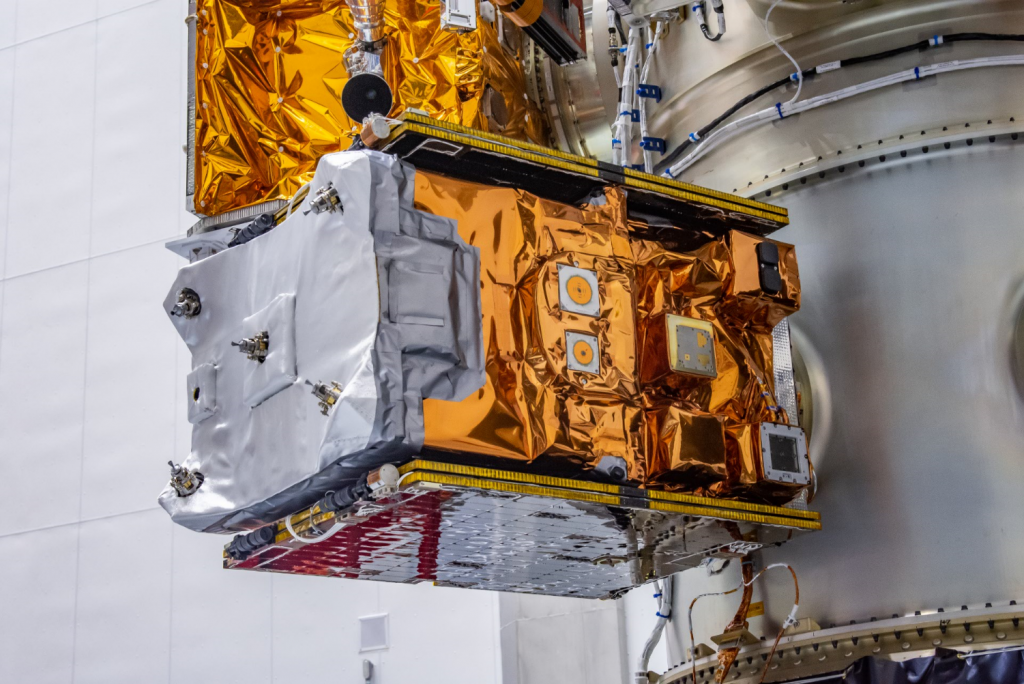
Today’s mission contains 24 satellites and technology experiments from a variety of government, military and research institutions aimed at improving life here on Earth and advancing the future of space exploration. Also on board are four NASA technology missions and payloads:
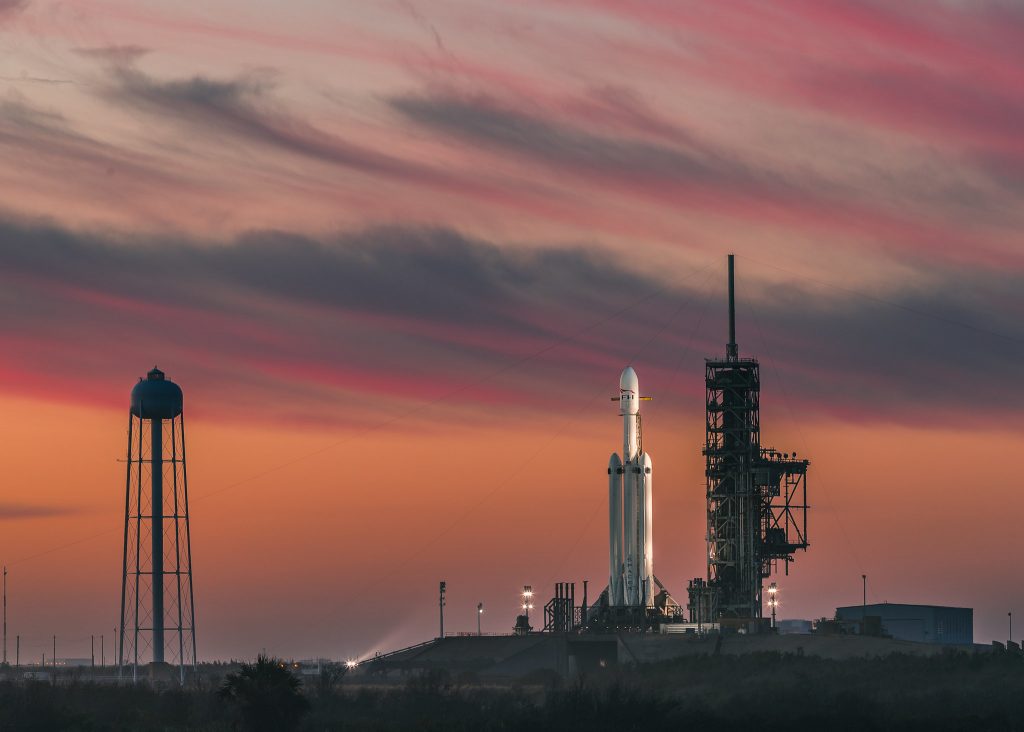
Hello and welcome from NASA’s Kennedy Space Center in Florida! A SpaceX Falcon Heavy rocket stands ready for liftoff at Launch Complex 39A for the DoD and U.S. Air Force’s STP-2 mission. Launch is scheduled for 2:30 a.m. EDT this morning, with a one-hour launch window. Follow along on NASA Television for the live broadcast.
Meteorologists with the U.S. Air Force 45th Space Wing predict an 80% chance of favorable weather for liftoff.
Throughout the duration of the six-hour mission, nearly two dozen satellites – including four NASA payloads – will be delivered to space. NASA’s technologies on board will help improve spacecraft design and performance, advancing future space exploration to the Moon, Mars and beyond.

SpaceX is now targeting 2:30 a.m. EDT, June 25 for the Falcon Heavy launch of the Department of Defense Space Test Program-2 to allow time for additional ground system checkouts—vehicle and payload continue to look good.
NASA TV live launch coverage will start 30 minutes before launch, at 2 a.m.:
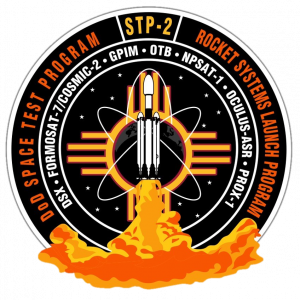
A SpaceX Falcon Heavy rocket stands at Kennedy Space Center’s Launch Complex 39A in Florida for tonight’s launch of the Department of Defense’s (DoD) Space Test Program-2 (STP-2) mission. Lift off is scheduled for 11:30 p.m. EDT, with a four-hour launch window. The mission, managed by the U.S. Air Force Space and Missile Systems Center, will deliver 24 satellites to space, including four NASA payloads.
Meteorologists with the U.S. Air Force 45th Space Wing predict an 80% chance of favorable weather for liftoff. Primary weather concerns are anvil cloud rule and thick cloud layer rule.
Tonight’s launch will be among one of the most challenging in SpaceX’s history with four separate upper-stage engine burns, three separate deployment orbits and a propulsive passivation maneuver, where the engine continues to run until it empties out the second stage of fuel. SpaceX also plans to recover the rocket’s three boosters after launch by landing the two side boosters at the Cape Canaveral landing site and the center core downrange on the drone ship “Of Course I Still Love You.”
Join us here on the blog tonight and on NASA Television for live mission coverage and updates beginning at 11 p.m. Learn more about tonight’s STP-2 launch by visiting the mission home page at https://www.spacex.com/stp-2.
SpaceX and the U.S. Department of Defense will launch the Space Test Program-2 mission made up of two dozen satellites from government and research institutions. NASA payloads onboard include a small satellite, twin CubeSats and several instruments.
Subject matter experts will discuss the NASA technology demonstrations and science missions during a prelaunch technology TV show from Kennedy Space Center in Florida, starting at noon EDT. Watch the briefing online or on NASA’s livestreaming channels.
Participants include:
The launch window for the Falcon Heavy opens at 11:30 p.m. Monday, June 24, from historic Launch Complex 39A at Kennedy. The launch will also air on NASA Television and the agency’s website.
For more information about the NASA missions launching on the Falcon Heavy, visit: www.nasa.gov/spacex
Meteorologists with the U.S. Air Force 45th Space Wing predict a 70% chance of favorable weather Monday, June 24, for launch of the Department of Defense Space Test Program-2 mission on a SpaceX Falcon Heavy rocket.
The launch window opens at 11:30 p.m. EDT tomorrow. Lifting off from Launch Complex 39A at Kennedy Space Center in Florida, the three-booster rocket will take NASA payloads and a total of 24 satellites from government and research institutions to space.

Forecast Details
An upper-level ridge over the Southeast U.S. will keep the shower and thunderstorm activity over Central Florida below seasonal norms. The surface ridge axis is south of the Space Coast however, which will keep the isolated afternoon convection along the Space Coast. This southwesterly flow will also bring high temperatures in the 90s over the Spaceport. The primary weather concerns for a launch attempt overnight Monday are lingering anvil and thick layer clouds from the isolated afternoon convection.
On Tuesday, the upper-level ridge will begin moving east, allowing a storm system to drop into Florida. Thus, the coverage of showers & storms will increase, while the launch weather concerns remain the same.
Delay probability of violating launch weather constraints: 40%
Primary concern(s): Anvil Cloud Rule, Thick Cloud Layer Rule
Prelaunch Technology Show: Today, June 23
A prelaunch NASA technology show is scheduled for Sunday, June 23 at noon from Kennedy. NASA will stream the briefing live at https://www.nasa.gov/live.
Launch Coverage: Monday, June 24
Live NASA Television coverage of the Falcon Heavy launch will begin 30 minutes before liftoff.
NASA missions and other highlights on this mission include:
For additional information about the NASA technologies aboard the launch, visit: www.nasa.gov/spacex
Meteorologists with the U.S. Air Force 45th Space Wing predict a 70% chance of favorable weather for liftoff of a SpaceX Falcon Heavy rocket Monday, June 24, from Launch Complex 39A at NASA’s Kennedy Space Center in Florida. The launch window opens at 11:30 p.m. EDT.
The Falcon Heavy will launch two dozen satellites to space for the U.S. Department of Defense Space Test Program-2 mission.
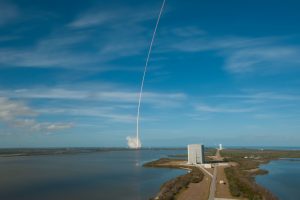
Aboard are two NASA technology demonstrations to improve how spacecraft propel and navigate, as well as two NASA science missions to help us better understand the nature of space and how it impacts technology on spacecraft and the ground.
Forecast Details
An upper-level ridge remains over the Southeast U.S., reducing the coverage of the shower and thunderstorm activity over Central Florida. The surface ridge axis will remain south of the Space Coast however, keeping the east coast sea breeze pinned close to shore with only isolated afternoon showers. This southwesterly flow will also bring high temperatures in the 90s over the Spaceport. This pattern will begin to change Sunday into Monday, as a storm system digs into the Gulf Coast States, destabilizing the atmosphere and increasing shower and thunderstorm activity across Central Florida. The primary weather concerns for a launch attempt overnight Monday into early Tuesday morning are lingering anvil and thick layer clouds from afternoon convection.
On Tuesday, the upper-level ridge will continue moving east, allowing the storm system to drop into Northern Florida. Consequently, the coverage and intensity of showers and storms are expected to increase.
Prelaunch Technology Show: June 23
A prelaunch NASA technology show is scheduled for Sunday, June 23 at noon from Kennedy. NASA will stream the briefing live at https://www.nasa.gov/live.
Launch Coverage: June 24
Live NASA Television coverage of the Falcon Heavy launch will begin 30 minutes before liftoff.
While each has a unique set of objectives, the NASA missions on this launch have a common goal: improve future spacecraft design and performance, no matter the destination. For additional information about the NASA technologies aboard the launch, visit: www.nasa.gov/spacex